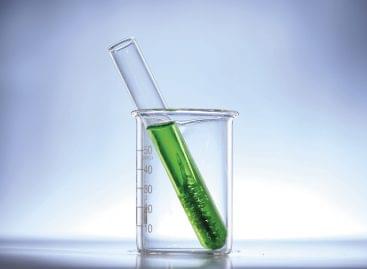Academy of Nutrition: microalgae are needed in nutrition
Microalgae are microscopic unicellular or multicellular algae found in many habitats, such as marine and freshwater environments, as well as in soil, even under ice, and in other microbial communities.

These organisms play an important role in the ecosystem by producing oxygen and organic matter through photosynthesis, as well as providing food for fish, crustaceans, and other microscopic organisms. In addition, the use and application of many microalgae in the industrial and food industry is increasingly popular. They show significant potential in the production of biofuel, dietary supplements, and certain foods. Many researches deal with the versatile application possibilities of microalgae, especially with regard to the beneficial effects on health.
The composition of microalgae shows great heterogeneity depending on the species, but in general it can be said that they are rich in macro and micronutrient components. Microalgae are an extremely rich source of protein, they can contain significant amounts of essential amino acids, up to 40-60%. The proteins found in microalgae have a high biological value and are well utilized in the body (21). Omega-3 and Omega-6 fatty acids are particularly important for the human body.
Related news
Hungarian Dietitians: microalgae have many disease-preventive effects
🎧 Hallgasd a cikket: Lejátszás Szünet Folytatás Leállítás Nyelv: Auto…
Read more >Algae have the potential to feed 10 billion people
🎧 Hallgasd a cikket: Lejátszás Szünet Folytatás Leállítás Nyelv: Auto…
Read more >Related news
Premium drink, premium literature
🎧 Hallgasd a cikket: Lejátszás Szünet Folytatás Leállítás Nyelv: Auto…
Read more >Responsible Gastro Hero Foundation: a sourdough and kombucha sharing campaign
🎧 Hallgasd a cikket: Lejátszás Szünet Folytatás Leállítás Nyelv: Auto…
Read more >Style, language and tools
🎧 Hallgasd a cikket: Lejátszás Szünet Folytatás Leállítás Nyelv: Auto…
Read more >






